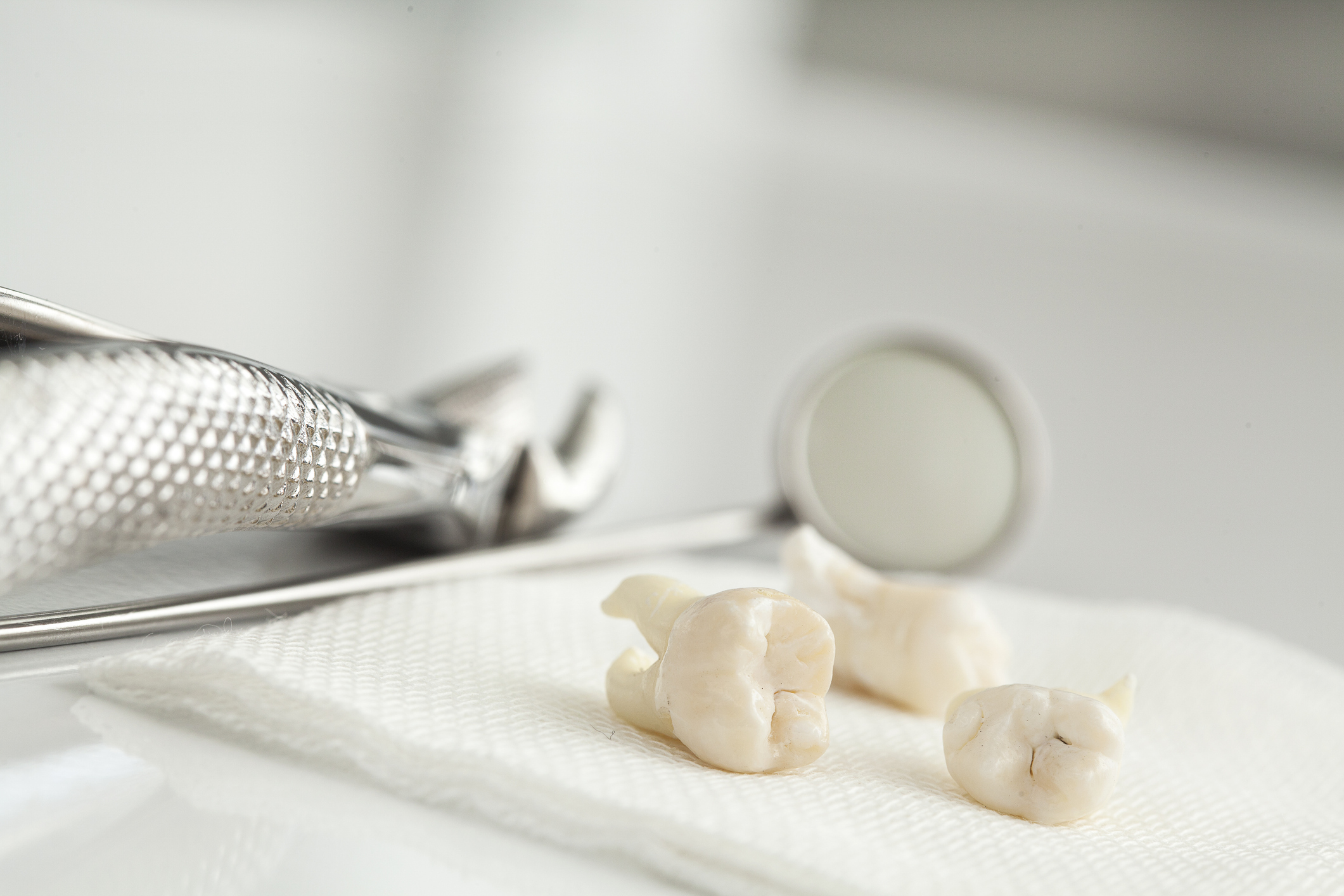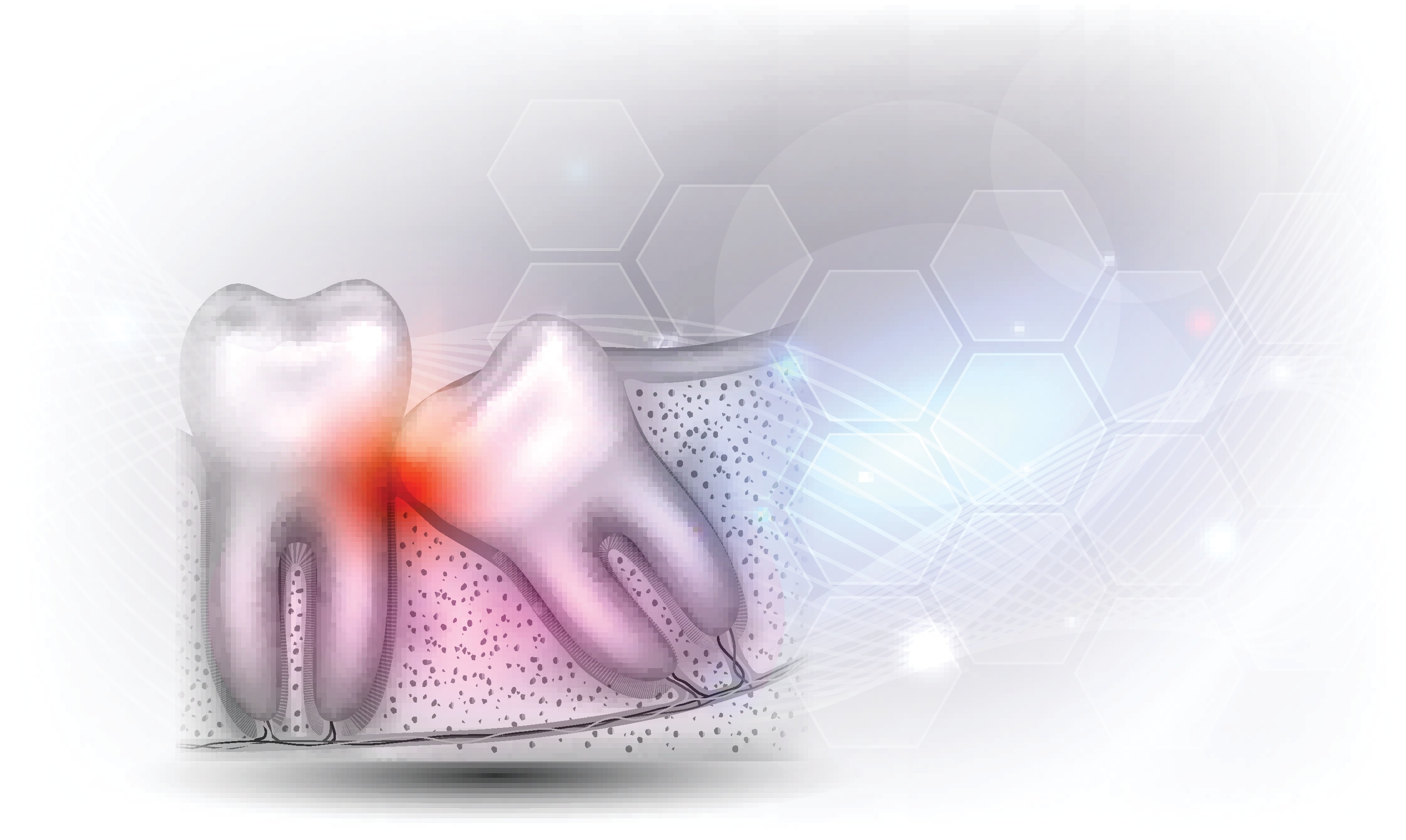As the United States population continues to age and dental implants increasingly become a popular alternative to dentures and bridges, more Americans will be faced with the prospects of a dental bone graft.
Bone grafting is a surgical procedure where lost bone is rebuilt by the transplanting of healthy bone from the patient or the graft of human bone from tissue banks or the use of animal bone.
“A bone graft requires a surgical procedure to fill a void where bone is absent. In addition, a bone graft will encourage and facilitate bone regeneration,” said Dr. Stephen C. Dwyer, DDS, Northwest Oral & Maxillofacial Surgery.
According to the American Academy of Implant Dentistry some three million Americans already have dental implants and 500,000 more each year are opting for the procedure. The success of dental implants depends on having adequate bone to support the implants, and estimates are that at least half of dental implants require some sort of grafting.
“Today we have the ability to grow bone where needed, giving us the opportunity to place implants of proper length and width,” said Dr. Dwyer.
For many people, the concept of dental bone grafts may at first seem a bit mysterious, but that may be due to some of the misconceptions about dental bone grafts. Let’s tackle five of them:
Dental Bone Graft Misconception #1
Dental Bone Grafts are a New and Experimental Procedure
Bone grafting is a common procedure and has been around for many years with constant advances being made. Some estimate that there are almost one million bone grafts per year in the United States with the number growing by 13 percent each year.
Interestingly, while dental implants have been around longer than bone grafts, both are much older than most would guess. Dental implants, according to the American Academy of Implant Dentistry, have been traced back to approximately 600 A.D., when tooth-like pieces of shell were hammered into the jaw of a Mayan woman. The first bone graft was performed by Dutch doctor Jacob van Meekeren in the early 1600s when he grafted a piece of dog bone on a wounded soldier’s skull. It should be noted that when the soldier requested that the dog bone be removed, the surgeon discovered that it was already grafting successfully, confirming the procedure. By 1821, the first graft of tissue from a healthy point in a patient’s own body, known today as an autograft, was performed.
Dental Bone Graft Misconception #2
All Dental Implants Require a Bone Graft
Not all dental implants require a bone graft.
If you are a healthy individual with no history of gum diseases, and visit the dentist at least twice a year, then you may not require a bone graft before getting a dental implant. On the other hand, if you have active gum disease, or have had previous infections, you may already be suffering from some bone resorption and may require a bone graft prior to getting a dental implant. The only way to know for sure is a thorough examination by an oral surgeon or dentist. Utilizing panoramic X-rays or CT scans, your provider will measure the thickness of your jawbone to determine if you need a bone graft.
Dental Bone Graft Misconception #3
The Bone for Dental Bone Grafts Must Come from the Patient's Own Body
There are three bone grafting procedures practiced by the surgeons at Northwest Oral & Maxillofacial Surgery, including autograft, which is accomplished using a patient’s own bone to rebuild and prepare the jawbone for an implant.
The preferred location of the healthy bone is from the patient's jaw or chin, but other areas can be used such as the hip or tibia. Many surgeons prefer autografts for dental implants, but patients also have the choice of allografts and xenografts.
Allografts use human bone, typically from a cadaver, which is obtained from a reputable tissue bank. The cadaveric bone will be treated and purified multiple times and is neutral to immune reactions. Donors are screened for known diseases and are certified safe for use by the American Association of Tissue Banks.
Xenografts use animal bone, typically from a bovine, which have been physically and chemically treated to be comparable to human bone graft material.
Dental Bone Graft Misconception #4
Healing After a Dental Bone Graft Takes a Long Time
Dental bone grafts are typically performed on an out-patient basis under IV sedation or general anesthesia. After discharge, patients only need bed rest for one day and only need to limit physical activity for one week. Most patients find that over-the-counter pain relievers can take care of any post-procedure pain. Prescription-strength medication may also be prescribed depending on the complexity of the surgery. Patients may experience a dull pain in the jaw for a week, which will give way to mild discomfort. Many feel normal after a few weeks.
Dental Bone Graft Misconception #5
Dental Bone Grafts are Prone to Post-Procedure Infections
Infections are quite rare after dental bone graft, but can occur, especially if a patient fails to follow the surgeon’s instructions for post-procedure care. Even in the unlikely event of an infection, it can be treated easily with antibiotics. Some patents may even be given a preventative course of antibiotics post-operation.
Contact Northwest Oral & Maxillofacial Surgery today to see how our experienced team of oral surgeons can help you with a safe and successful dental bone graft.
References
https://www.texasoralsurgery.com/procedures/
https://www.texasoralsurgery.com/procedures/bone-grafting-2/
https://www.texasoralsurgery.com/bone-graft-dental-implants/
https://www.aaid-implant.org/dental-implants/what-are-dental-implants/
https://www.steadyhealth.com/articles/does-everyone-need-bone-grafting-during-dental-im
https://www.orthobullets.com/basic-science/9011/bone-grafting
https://www.nomfs.com/blog/the-history-of-bone-grafting/

.png)





.png)